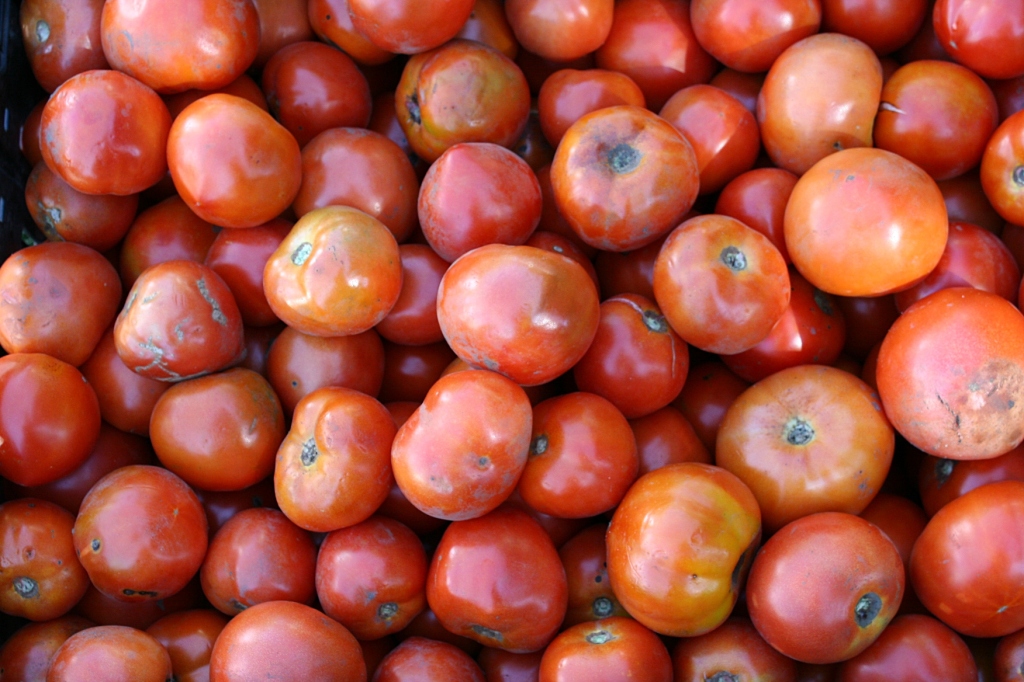GRIEF RUNS LIKE A RIVER through the communities of Faribault and Northfield. Rushing. Rising. Roaring. Flooding over banks.
This week, three tragic events have claimed the lives of three. A beloved priest. A woman who lived a life of service. And an, as yet, unidentified individual.
We are two Rice County communities collectively mourning.
The latest loss occurred at 9:25 pm Thursday when a car slammed into the Warsaw Town Hall in a fiery crash that set both vehicle and hall afire, according to the Rice County Sheriff’s Department. The driver, the sole occupant of the car westbound on County Road 39/230th St. West, remains unidentified. This location, a T intersection (CR 39 and Dalton Avenue meet), has been the site of numerous crashes.
UPDATE, November 2, 2021: The driver of the vehicle involved in the fiery crash has been identified as Robin (Robinson) Roberts of Waseca. My heart breaks for Robin’s family, whom I know. Robin was the granddaughter of my former, and now-deceased, next door neighbors. She was a beautiful soul in every way from her mega smile to her loving and caring spirit. She cared for her Uncle Terry after his dad passed and his mom was no longer able to care for him. Terry had downs syndrome and was like a brother to Robin. We felt blessed to have Terry (who passed several years ago) and his parents living next door to us for many many years. And I feel blessed, too, to have met Robin, a joyful and kind woman who brought much compassion and love into this world.
Only a day prior at 9:36 am Wednesday, another tragedy occurred, this one nearly 300 miles to the north on Lake Vermilion in Greenwood Township near Tower. Eva Gramse, 72, of Faribault died in a fiery house explosion, according to the St. Louis County Sheriff’s Department. Her husband, Michael, was found outside their cabin and was airlifted to a Duluth hospital with severe injuries.
The Gramses are well-known in Faribault. Michael Gramse founded MRG Tool & Die, now led by their son Rod as president of the company. But the couple’s imprint extends beyond their business with both actively involved in the community. Michael Gramse has advocated for youth pursuing careers in trades. And Eva, according to media reports, advocated for underprivileged children and led a bible study at her church, Peace Lutheran. I knew of her from previous involvement with Faribault Lutheran School, a Christian school my children attended. I expect the depth of Eva’s impact on my community will emerge in the coming days as friends and family share stories of this woman who meant so much to them.
In neighboring Northfield, that community is grieving the tragic death of the Rev. Dennis Dempsey, 73, who served the Church of St. Dominic for 15 years up until recently. He died on Monday when a vehicle struck the bike he was riding in Rosemount. The driver of the vehicle has a history of speeding and other violations and faces possible charges in this deadly incident.
By all accounts, Father Denny as he preferred to be called, was beloved by many. With 41 years in the priesthood, including time at a Venezuelan mission, he touched many lives. Those who knew him speak to his kindness, his love of the outdoors, his support of the local Latino community, his overall caring spirit and love of people. My connection to him comes through dear friends served by this man of God. Their hearts are broken.
St. Dominic’s celebrates their much-loved former priest today (Friday) with visitation from 4-8 pm and a 7 pm Vigil Liturgy service. Father Denny’s funeral mass is set for 10:30 am Saturday at his current parish, Church of the Risen Savior in Burnsville.
Grief runs like a river. Through Northfield. Through Faribault. To grieve is to have loved…
© Copyright 2021 Audrey Kletscher Helbling















































































Recent Comments